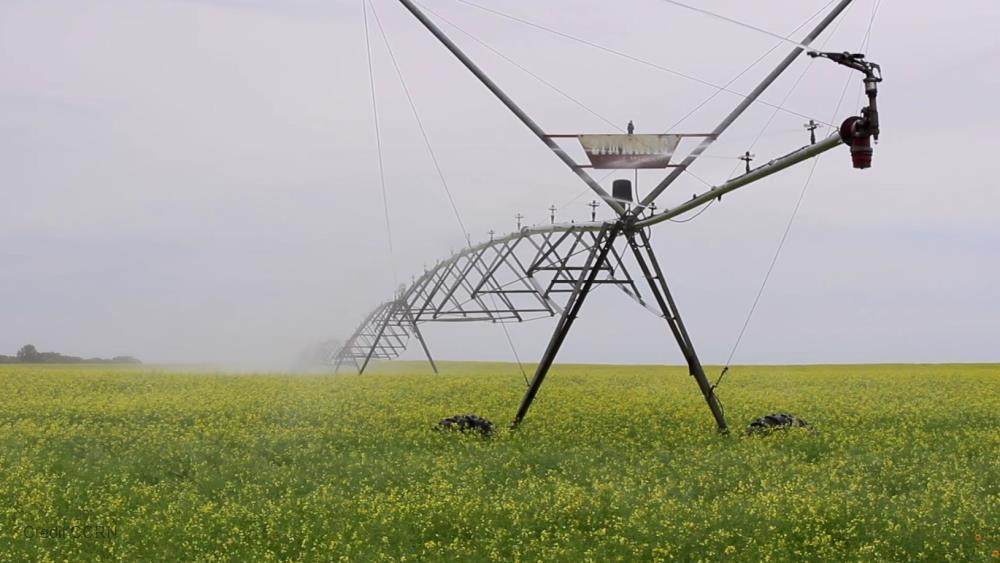
Related items loading ...
Section 1: Publication
Publication Type
Thesis
Authorship
Harder, Phillip Stephen
Title
Snow-stubble-atmosphere interactions during snowmelt on the Canadian Prairies
Year
2018
Publication Outlet
USASK Harvest - Theses and Dissertations
DOI
ISBN
ISSN
Citation
Harder, Phillip Stephen (2018) Snow-stubble-atmosphere interactions during snowmelt on the Canadian Prairies, USASK Harvest - Theses and Dissertations,
http://hdl.handle.net/10388/9064
Abstract
Snowmelt is a critical component of the Canadian Prairie hydrological cycle and has significant hydrological and agronomic implications. Within this region, snowmelt can also be a very complicated phenomenon to accurately observe and model due to the occurrence of shallow snowpacks, the unknown energy balance implications of emerging crop stubble during melt on cultivated fields, and the effects of spatiotemporal heterogeneity of snowcover on local-scale advection. The objective of this research was to improve the physical understanding of these complex and interacting processes with deployment of novel observation systems and development and application of new physics-based process models. Intensive field campaigns for the 2015 and 2016 snowmelt season were conducted near Rosthern, Saskatchewan and provided the observations necessary to conduct this research. Application of novel observation systems demonstrated: 1) the ability to remotely-sense maximum prairie snow depth with imagery collected from an unmanned aerial vehicle and processed with Structure from Motion techniques, and 2) the first identification and quantification of latent heat advection from ponded meltwater to snow with development and deployment of a water vapor, air temperature, and wind speed profiling system. Model development resolved: 1) the small scale and dynamic energy balance interactions between the stubble, snow, and atmosphere in a physically based, uncalibrated energy balance model, 2) local-scale sensible and latent heat advection contributions to snowmelt in a modelling framework that facilitates easy coupling to existing one-dimensional snowmelt models, and 3) the influence of stubble upon meltwater partitioning in a coupled model that accounts for snow accumulation, melt and infiltration processes. This study demonstrates that: 1) compensatory interactions with emerging stubble result in negligible differences in the net snow surface energy balance, 2) the inclusion of advection into snow models improves their physical realism and snowmelt predictions, and 3) that the compensatory interactions of stubble on accumulation and melt processes are secondary to the frozen soil infiltration process which is the dominant control on meltwater partitioning. The advances in observational and modelling capacity shown here improve the understanding and predictive capacity of the complex interactions governing the melt processes of prairie snowpacks.
Plain Language Summary


 GWFNet
GWFNet Master
Master Data
Data Research
Research Map
Map
 Advanced
Advanced Tools
Tools
 . . .
. . .
 Metadata Editor
Metadata Editor
 Record List
Record List
 Alias List Editor
Alias List Editor
 Legacy sites
Legacy sites